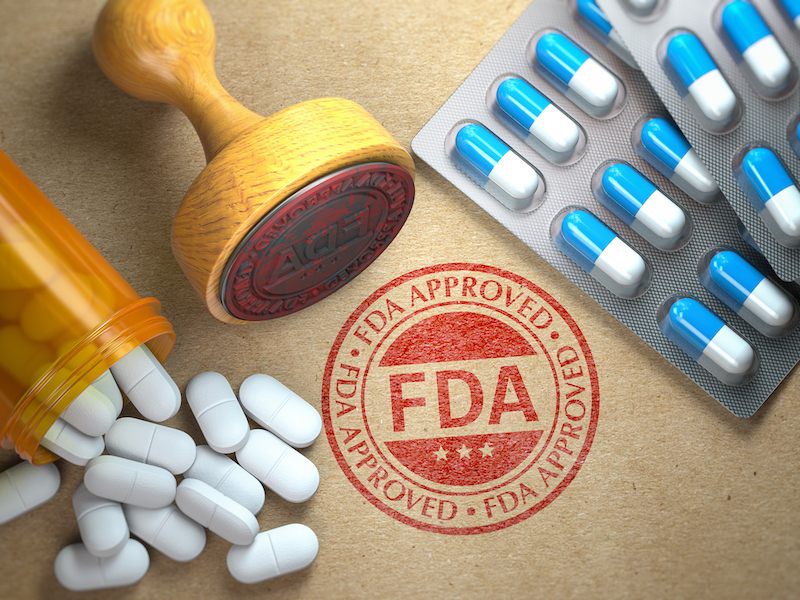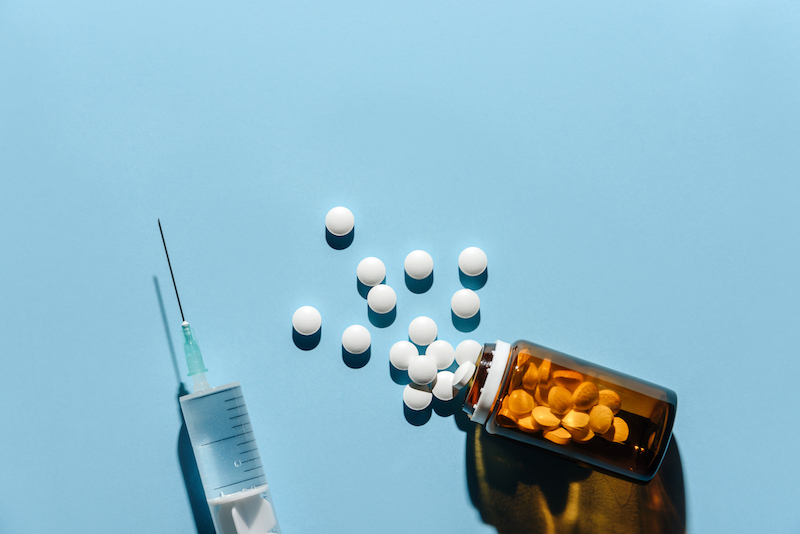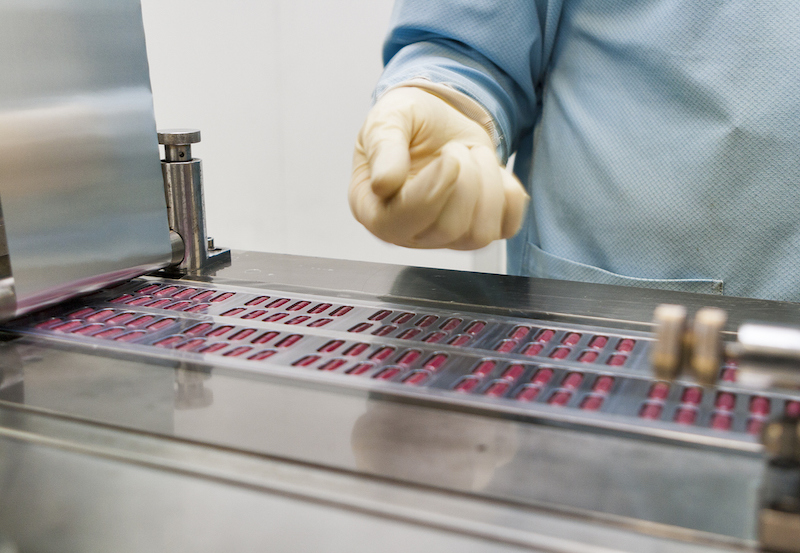Medication Repackaging Guidelines: Best Practices for Safety and Efficiency
Prescription drug manufacturers often produce medications on a large scale. Pharmaceutical repackagers then acquire these medications in bulk and repackage them for distribution across diverse pharmacy markets within the healthcare industry.

The Future of AI in Healthcare: Advanced Pharma Manufacturing, Limitations, & Precision Medicine
In the rapidly evolving landscape of medicine, artificial intelligence (AI) stands at the forefront, revolutionizing the way we approach healthcare and drug development. The integration of AI technologies in the pharmaceutical industry marks a significant shift towards more efficient, accurate, and innovative practices, particularly in drug discovery and patient care.

MPI’s Drug Master File (DMF)
A Drug Master File (DMF) is a confidential document submitted to the U.S. Food and Drug Administration (FDA) containing detailed information about facilities, processes, or articles used in the manufacturing process, packaging, and storing of one or more human drugs. This is crucial in the regulatory process as it allows for a comprehensive review of the drug product, ensuring that it meets all the necessary regulatory requirements for safety, quality, and efficacy.

Understanding the Differences: Biosimilar Drugs vs. Generic Drugs Explained
In the world of pharmaceuticals, there is a constant effort to provide patients with more affordable alternatives to brand-name medications. Two terms that often come up in this context are "biosimilars" and "generic drugs." Both biosimilar and generic drugs are unbranded versions of existing medications offered at lower costs.

Preserving Quality: Essential Factors in Pharmaceutical Transport
The pharmaceutical industry has made great strides in the past few decades with the development of new medications and technologies for the treatment of different diseases. When it comes to packaging and shipping of pharmaceutical products, the considerations for supply chain are elevated along the way.

Pharmacy Automation: Streamlining Pharmaceutical Processes
Pharmacy automation is the electronic process of sorting, packaging, distributing, and counting prescription medications. Automation has revolutionized nearly every aspect of the pharmacy industry, from how prescriptions are filled, and packaged to how inventory is managed, how patients are educated on their new medications, and even how patients take and manage their medications at home.

Decentralizing Health: The Role of Blockchain in Pharmaceuticals
The blockchain is the technological revamp of the public ledger. Though it is most often associated with the financial world, technology can be applied to nearly any industry. This shared database groups transactions and then protects them with a unique signature for each category...

Prepackaged Medication Dispensing: The Future of Pharmacy
Accuracy and adherence are top priorities throughout the pharmaceutical industry. Proper medication administration can greatly affect patient outcomes, and mistakes can lead to serious consequences. To optimize the drug distribution process, many organizations are turning to prepackaged medication dispensing...

Navigating the Complexities of Clinical Trial Logistics & Packaging
The National Institutes of Health (NIH) defines a clinical trial as a “Research study where one or more human subjects are prospectively assigned to one or more interventions to evaluate the effects of those interventions on health-related biomedical or behavioral outcomes.” More simply, a clinical trial is a study in which researchers administer medication or treatment to willing participants to...

Optimizing the Biopharmaceutical Manufacturing Process
Biological medical products, also known as biologics, or biopharmaceuticals, are being developed at a fast pace due to the consistently increasing demand throughout the healthcare industry. According to The National Center for Biotechnology Information (NCBI), biopharmaceuticals refer to “pharmaceuticals produced in biotechnological processes using molecular biology methods.”
